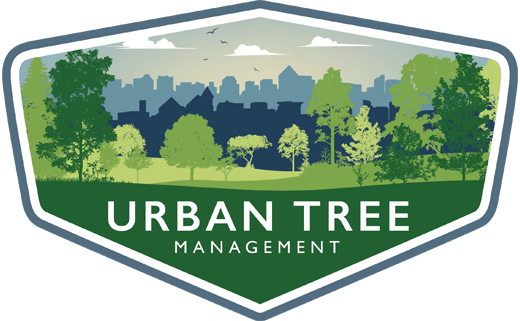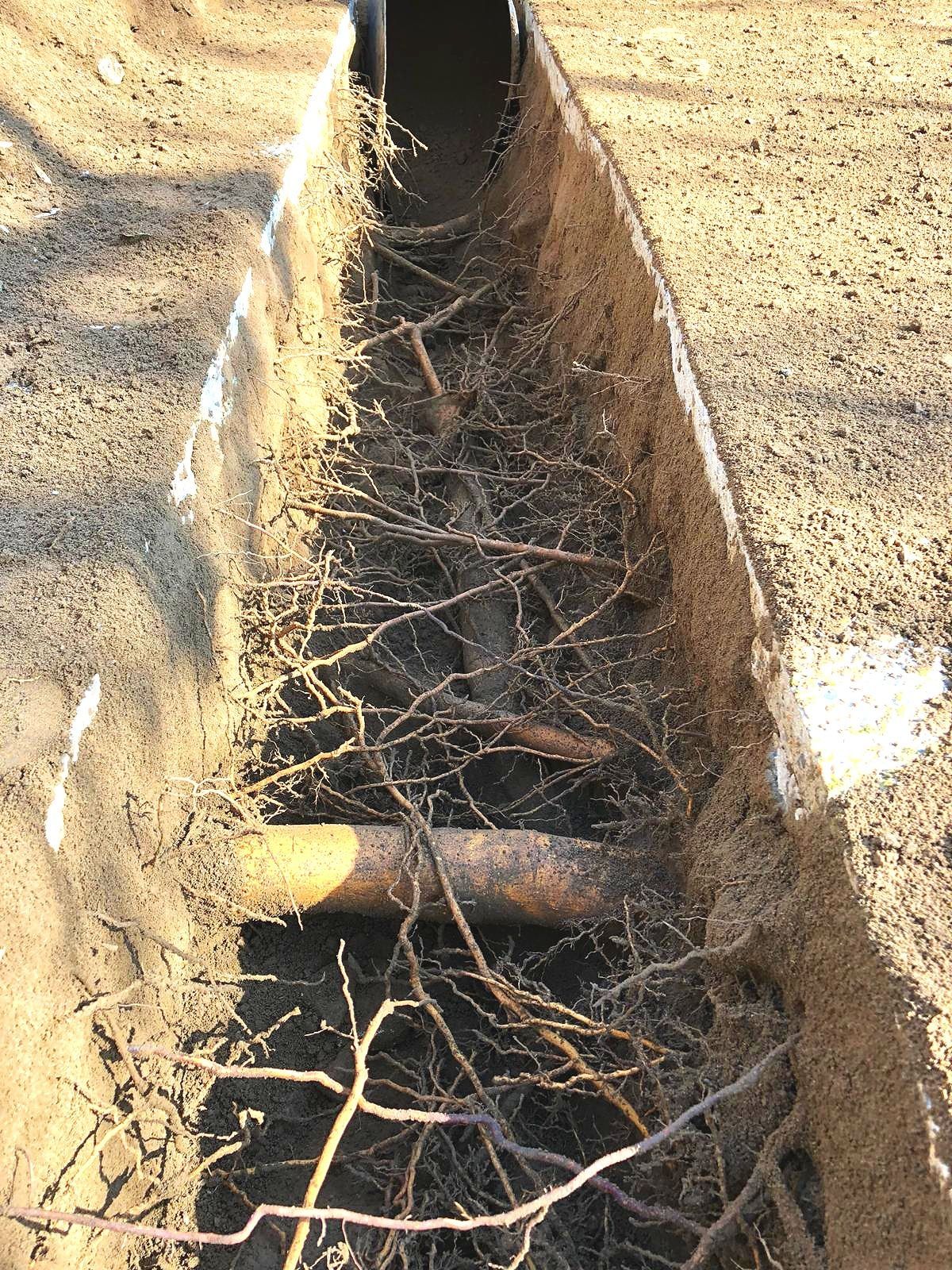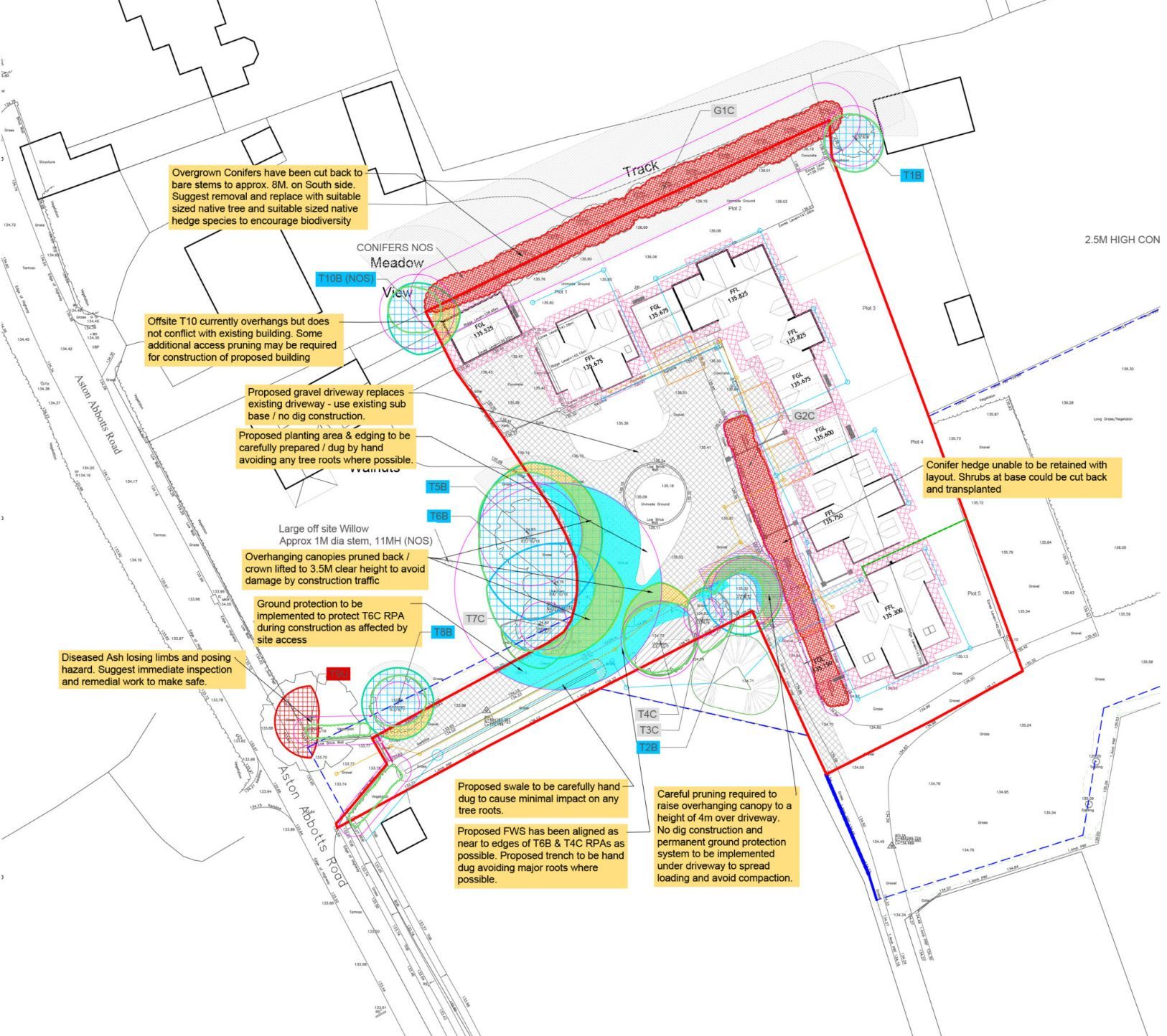Tree Protection Plans (TPP)
The presence of trees on or near a site necessitates the submission of detailed arboricultural information, beginning with a tree inspection in accordance with BS5837, as a prerequisite for registering planning applications.
Our tree surveys, which comply with BS5837, deliver an exhaustive report for inclusion with any planning application, serving homeowners, architects, and developers.
Free Consultation
Fill in the from below and we'll be in touch to discuss your tree-related project or issue.
PLANNING & DEVELOPMENT
What is a Tree Protection Plan?
Clear and comprehensive tree protection plans accompany our arboricultural impact assessments and site specific method statements
These accurate drawings, which include the locations and dimensions of trees recommended for retention, are plotted directly onto the site plan using AutoCAD. Our Tree Protection Plans clearly indicate any potential conflicts between the trees and the proposed site layout.
Tree Protection Plans also include annotations that detail the necessary tree protection measures to be taken during construction. These measures can range from tree protection fencing to temporary ground protection, along with other site-specific protective actions.
A professional and clear Tree Protection Plan not only supports a planning application but also clarifies protection measures for contractors during the development's construction phase. The local planning authority may conduct site visits during construction to verify the implementation of tree protection measures. A well-defined Tree Protection Plan ensures that these visits are carried out smoothly and without issue.
Method statements and Tree Protection Plans
If you need a professional tree survey to support your planning application, get in touch and we’ll send a free quote within 24 hours




